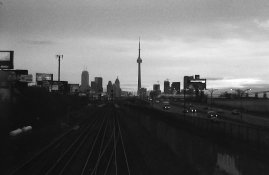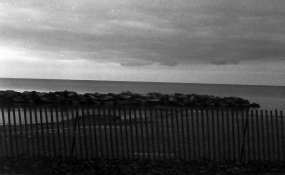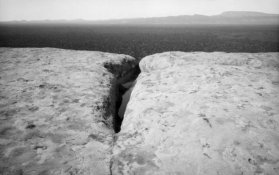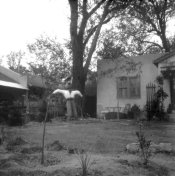Woolliscroft
Member
- Joined
- Oct 22, 2004
- Messages
- 726
- Format
- Multi Format
I was recently approached by a local village history society. They have been collecting old photographs of the area and are taking modern pictures of the same places for comparison. They ultimately want to create a wider archive of modern pictures for local historians of the future and are mostly using B&W because of its long keeping life over colour (and almost certainly digits).
The reason they approached me was to recruit the help of my 1930s Leica IIIa and equally antique un-coated, 5cm (it is very particular about this) lens. They want to try to take some pictures of the modern village, which will have the look of pre-war images. I am not normally a fan of the retro look and know absolutely nothing about this. The lens usually lives in a drawer and, although I like the camera itself, as it is so small, I use it with modern Voigtländer lenses. But it strikes me that the camera and lens will only go part of the way. The film of the time must have had a big role in the look of the final result. Does anyone have any idea if any modern film might have something of the same characteristics? Failing that, might a blue filter help? From looking at old photos, I notice that the background in outdoor shots seems to burn out quite badly at relatively close range, which suggests that the films were over blue (and possibly UV) sensitive. Fairly grainy film will also presumably be a plus.
Many thanks for any advice. David.
The reason they approached me was to recruit the help of my 1930s Leica IIIa and equally antique un-coated, 5cm (it is very particular about this) lens. They want to try to take some pictures of the modern village, which will have the look of pre-war images. I am not normally a fan of the retro look and know absolutely nothing about this. The lens usually lives in a drawer and, although I like the camera itself, as it is so small, I use it with modern Voigtländer lenses. But it strikes me that the camera and lens will only go part of the way. The film of the time must have had a big role in the look of the final result. Does anyone have any idea if any modern film might have something of the same characteristics? Failing that, might a blue filter help? From looking at old photos, I notice that the background in outdoor shots seems to burn out quite badly at relatively close range, which suggests that the films were over blue (and possibly UV) sensitive. Fairly grainy film will also presumably be a plus.
Many thanks for any advice. David.














